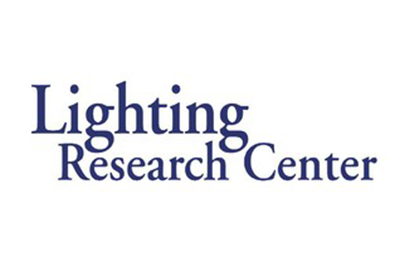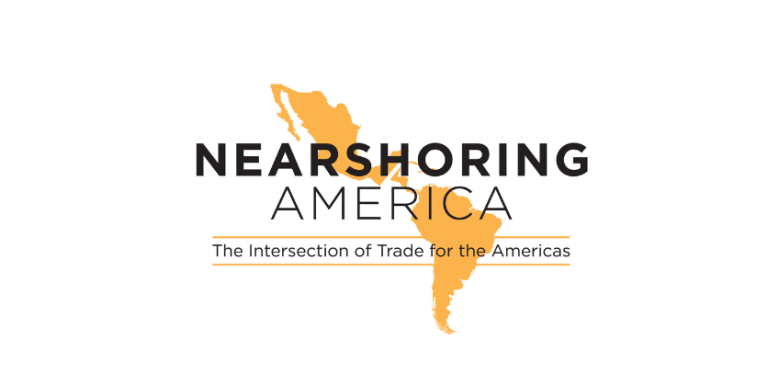Dark Sky Park Bulbjerg becomes Denmark’s 2nd International Dark Sky Park
January 4, 2024
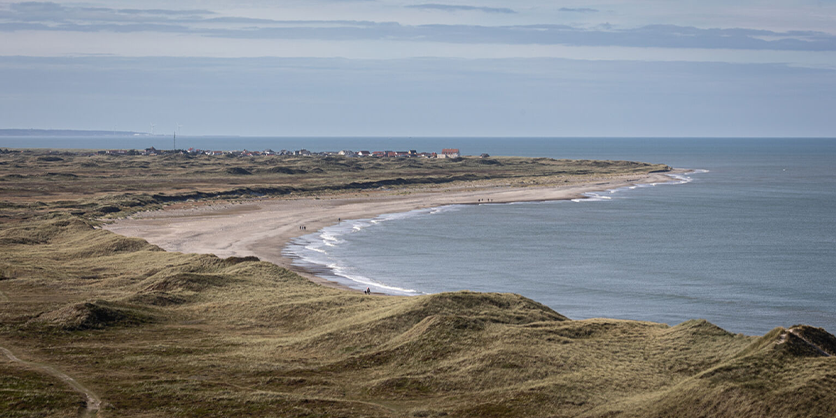
Dark Sky Park Bulbjerg, administered by Hawboernes Association in Lild Strand, was certified as Denmark’s second International Dark Sky Park by DarkSky International.
This recognition stands as a significant accomplishment for the community, showcasing the outstanding quality of our night sky. It also serves as a platform for raising awareness about the impacts of light pollution, promoting environmentally friendly lighting, and highlighting the cultural and social heritage associated with our celestial surroundings.
In the Dark Sky Park Bulbjerg, you will find Denmark’s deepest night darkness, which the increasing light pollution makes a rare experience. DarkSky International has issued the coveted certificate to the Hawboernes Association in Lild Strand, which has completed the extensive application process in four years. There are now a total of 119 dark sky parks worldwide, of which 22 are in Europe.
“It is exciting to see another Place certified in Denmark. Incorporating dark sky lighting principles into Thy community planning is encouraging and will serve as an excellent role model. It will inspire others to take that added step to protect their communities and the natural environment well into the future. These efforts demonstrate care and awareness for the natural environment and the health and wellbeing of residents and visitors,”
Amber Harrison, Dark Sky Places Program Manager
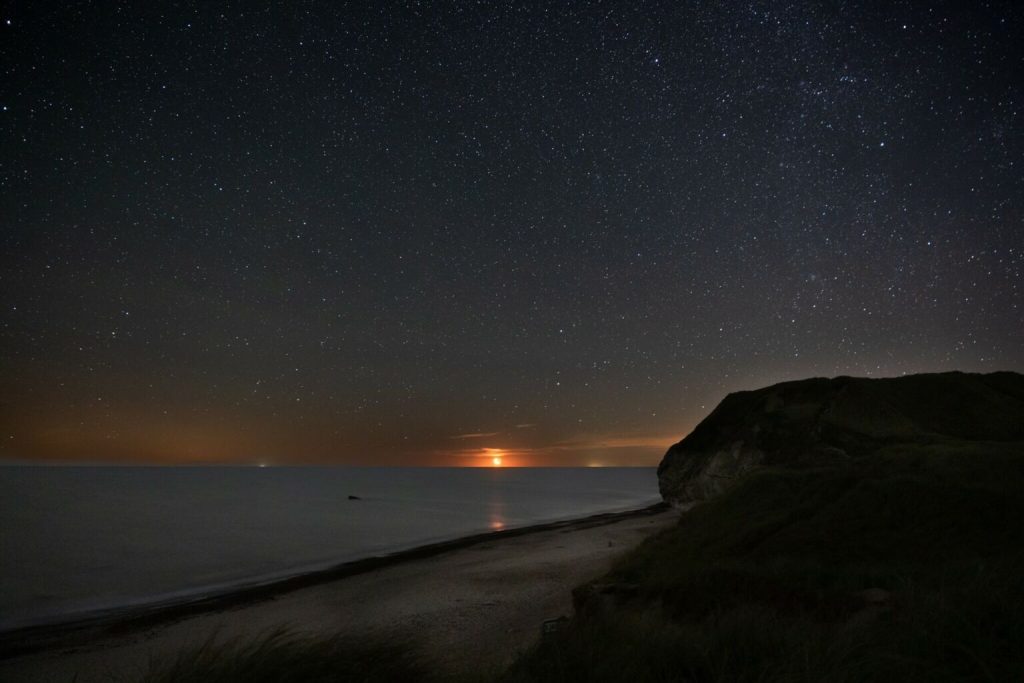
In the deep darkness of the night in Dark Sky Park Bulbjerg, visitors can experience up to 3,000 bright stars, planets, and the Milky Way galaxy with its more than 300 billion stars on a cloudless winter evening. In larger cities, due to light pollution, you can see no more than 20-30 bright stars on a cloudless evening. The park contains a small fishing village of historical and cultural significance, surrounded by vast protected scenic areas with sea, beach, bird cliffs, and dunes.
Save energy and protect biodiversity: The intention of getting the site certified is to get more children and adults out to experience the night sky and to disseminate knowledge about the importance of natural darkness for nature and people to influence more sustainable behavior.
“The Dark Sky certificate is not just about nature experience. It should also remind the visitors of the high energy consumption and the steadily increasing light pollution caused by our rich part of the world,” says Bjarne Sørensen, one of the people behind the application. He continues: “Seen from space, the Earth appears to glow in the dark, but light pollution is still an unknown concept to many people, although light pollution affects the entire biosphere. It is a rapidly growing field of research, and it has been shown that light pollution negatively affects both animals and humans by disrupting the circadian rhythm.”
Bjarne Sørensen, DarkSky Volunteer
DarkSky International and quiet local tourism: DarkSky International is a non-profit organization that raises awareness of the appropriate use of light and better protection of natural darkness to benefit nature and human health. These objectives go hand in hand with the development plans that have been worked for locally for several years.
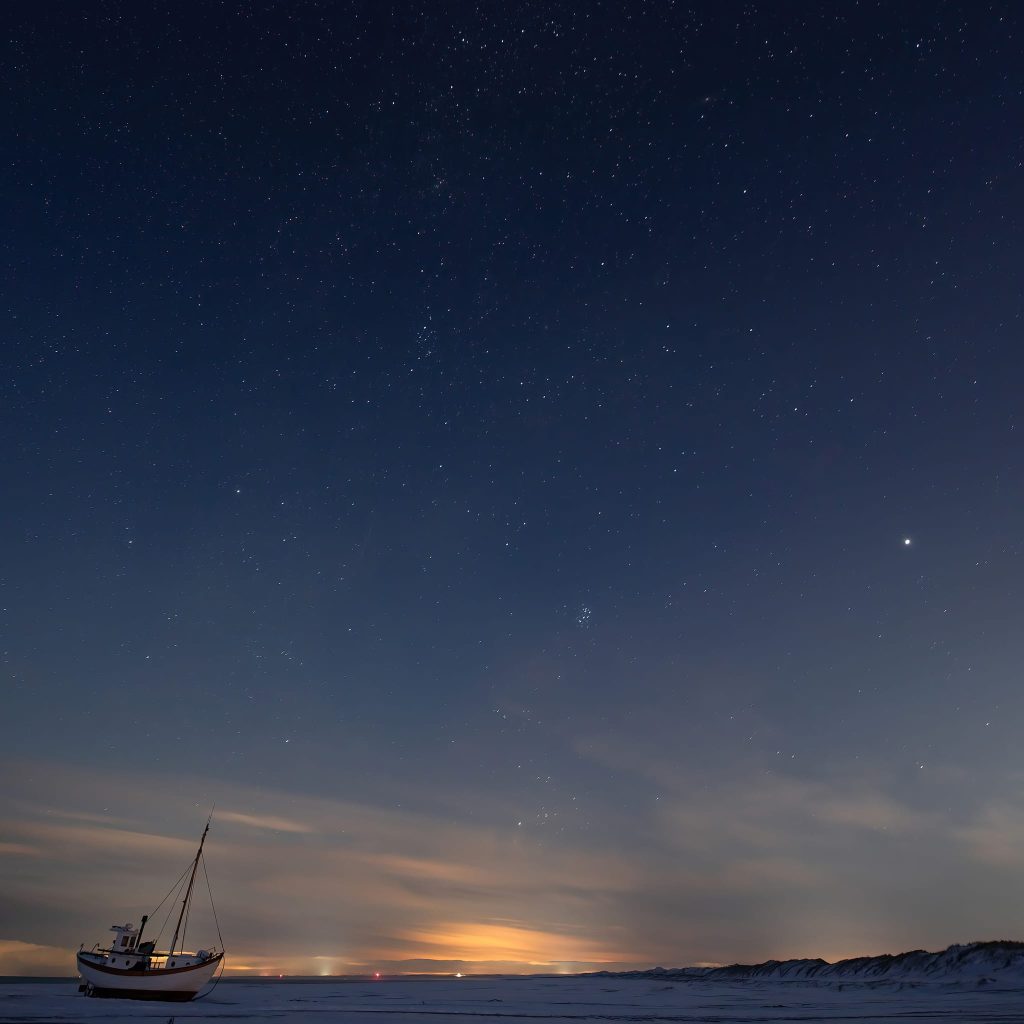
“Lild Strand at the end of Denmark’s longest undeveloped coastline is an enclave of tranquility and undisturbed nature on the west coast of Jutland,” says Anne-Mette Kristensen, who, together with Bjarne Sørensen, has completed the certification as a volunteer. “Hawboernes association works for quiet tourism, where visitors are attracted by the tranquility and privacy of the place and come to experience the silence and nature all year round and on their own, even when the sun is not high in the sky.”
Anne-Mette Kristensen, DarkSky Volunteer
The DarkSky certification entails several obligations for the Hawboernes Association. New light pollution measurements must be made every year, reports prepared, and events held for the public.
Over the years, the married couple behind the application has executed the necessary lighting measurements to document extant light pollution and made the necessary agreements with stakeholders in the designated area, such as the Danish Nature Agency, which owns most of the site, the affected municipalities, and more. Furthermore, the necessary fundraising for lighting fixtures and purchase of equipment (telescope, binoculars, headlamps, planispheres, literature) for the upcoming public events.
Eventually, we elaborated and presented the entire application as voluntary work during our leisure time. In a Dark Sky Park, it shouldn’t just be dark. There must also be living space and lighting. All street lighting in Lild Strand has been replaced with environmentally friendly DarkSky lighting with shielded, downward-directed light in a warm hue. Further efforts are citizen meetings, education of local dark sky guides, and outreach and advocacy locally on DarkSky, light pollution, and adequate outdoor lighting.
“From Aarhus Space Centre at the Department of Physics and Astronomy at Aarhus University in Denmark, we congratulate the Hawboernes Association and the Danish Nature Agency Thy on their certification as a Dark Sky Park. From the center’s side, we have had the opportunity to follow the project over a long period of time and are very pleased that Denmark now has two Dark Sky Places. We will continue to support the activities with counseling and training activities for those people locally who want to be able to act as Dark Sky guides.
Ole J. Knudsen, Aarhus Space Centre
In many ways, it is in our interest, also from Aarhus University, to be able to support these activities. The Dark Sky areas help to ensure a much-needed reduction of the increasing light pollution locally and globally, to the benefit and enjoyment of professional researchers and amateur astronomers, and not least of ordinary stargazers. In addition, the areas ensure better conditions for animals and insects and thus help to improve biodiversity. With our support, we naturally also hope to increase interest in our subjects so that we can experience a greater search for natural science education.”
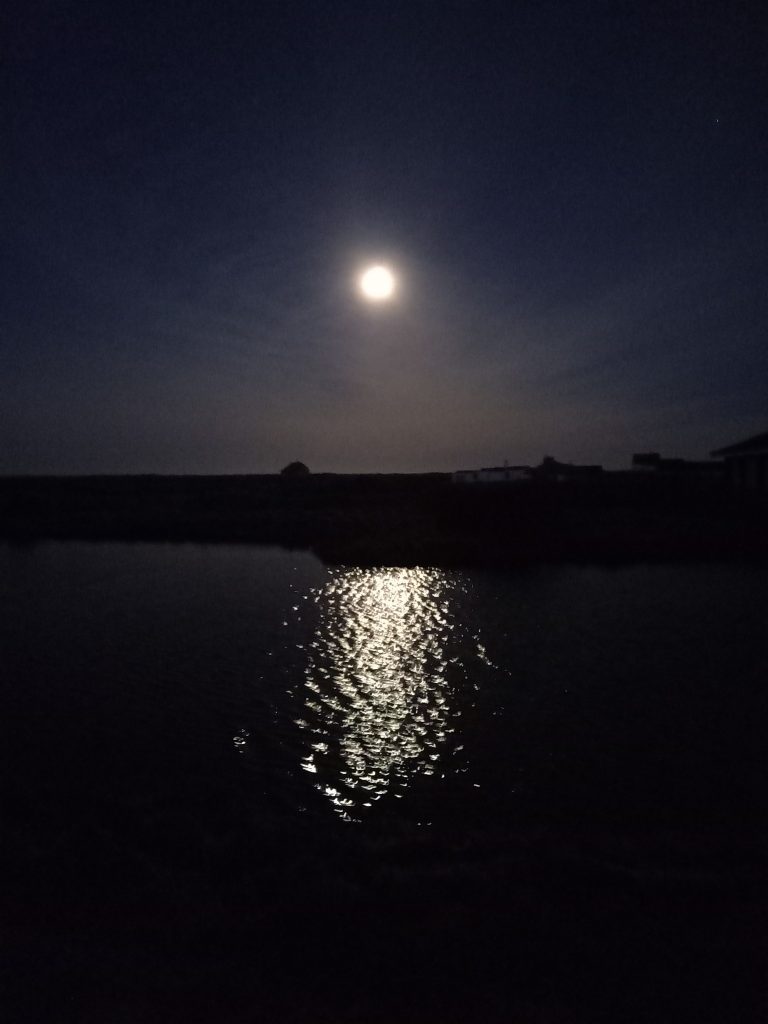
Astronomer Ole J. Knudsen from Aarhus University has had nine members of the Dark Sky group in Lild Strand on a training course. “It was really interesting and educational, and we look forward to getting started and sharing our new knowledge as dark sky guides,” Birte Sivebæk and Chris Krogh from the group.
The Masterplan developed by the Hawboernes Association has further activities within the framework developed by the local community, of which the DarkSky certification is now one of the already executed activities.
The Dark Sky Park area borders Thy National Park (244 square kilometers / “Denmark’s greatest wilderness”), and the Dark Sky Park area Bulbjerg-Troldsting-Lild Strand and an additional protected area towards the Thy National Park aspires to achieve status as part of the Thy National Park. A project being executed in close cooperation with the management of the park. Website: https://eng.nationalparkthy.dk
About the International Dark Sky Places Program
The International Dark Sky Places Program was founded in 2001 as a non-regulatory and voluntary program to encourage communities, parks, and protected areas around the world to preserve and protect dark sites through effective lighting policies, environmentally responsible outdoor lighting, and public education. When used indiscriminately, artificial light can disrupt ecosystems, impact human health, waste money and energy, contribute to climate change, and block our view and connection to the universe. Saguaro National Park now joins more than 200 Places that have demonstrated robust community support for dark sky advocacy and strive to protect the night from light pollution. Learn more by visiting https://darksky.org/what-we-do/international-dark-sky-places/.
More information available here


